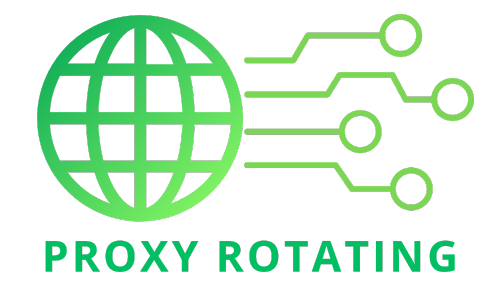Blockchain security testing tools are software or services designed to assess and identify security vulnerabilities in blockchain applications. They ensure that blockchain applications are protected against attacks and other threats. While many blockchain security testing tools are available, they all serve the same purpose. Additionally, understanding how to use these tools is crucial for maximizing effectiveness. Proxy rotating invites everyone to read the following article to learn more about blockchain security testing tools.
Definition of blockchain security testing tools?
Blockchain security testing tools are software applications or services designed to assess and evaluate the security of blockchain networks and applications. These tools help identify vulnerabilities, weaknesses, and potential threats within blockchain systems, ensuring they remain secure against cyber attacks and risks. Blockchain security testing tools typically employ source code analysis, penetration testing, vulnerability scanning, and smart contract auditing to identify and mitigate security issues. Examples of such tools include Mythril, TruffleHog, Slither, and others, each offering specific functionalities tailored to assess different aspects of blockchain security.
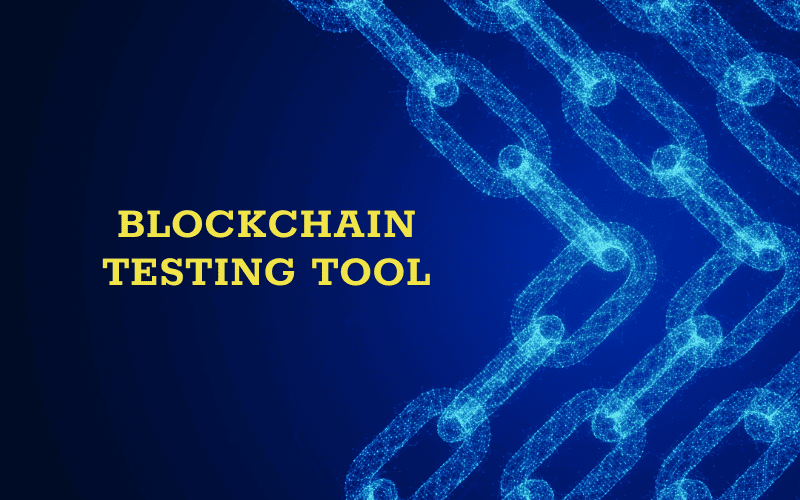
Categories of Blockchain Security Assessments
Explore deeper into Blockchain security by delving into various security testing tools, from source code analysis to simulating attack scenarios. These tools help identify security vulnerabilities and offer a comprehensive view of safeguarding your Blockchain applications.
Source code scanning tools
- These tools perform static analysis of the source code of blockchain applications.
- They identify vulnerabilities by analyzing the code structure, logic, and patterns without executing the code.
- Common vulnerabilities detected include improper input validation, insecure coding practices, and known security loopholes.
- Source code scanning tools provide insights into potential security risks early in the development lifecycle, enabling developers to address them before deployment.
- Examples of such tools include Mythril, Securify, and Oyente.
Penetration testing tools
- Also known as ethical hacking tools, penetration testing tools simulate real-world cyber attacks on blockchain applications.
- They include vulnerability scanning, network sniffing, and brute force attacks to identify security weaknesses.
- Penetration testing tools help assess the effectiveness of security controls and incident response mechanisms.
- They provide actionable insights into exploitable vulnerabilities and potential attack vectors.
- Examples of penetration testing tools used for blockchain security include Metasploit, Burp Suite, and Nessus.
Tool analysis tools
- These tools evaluate the reliability and effectiveness of other security testing tools used in blockchain security assessments.
- They ensure the accuracy and consistency of results generated by security testing tools.
- Tool analysis tools may perform validation checks, comparative analyses, and benchmarking tests on security testing tools.
- Validating the performance of security testing tools enhances the overall trustworthiness of the security testing process.
- While there are fewer dedicated tool analysis tools specifically for blockchain security, general-purpose tools for assessing the reliability of software testing tools can be adapted for blockchain security purposes.
Overall, by leveraging a combination of these advanced blockchain security testing tools, organizations can strengthen the security posture of their blockchain applications and networks, mitigate potential risks, and enhance trust among users and stakeholders.

Benefits of using blockchain security testing tools
Throughout this exploration, we’ll uncover the critical applications of these tools and why they’ve become indispensable in safeguarding Blockchain systems. From saving time and enhancing accuracy to ensuring comprehensive security assessments, Blockchain security testing tools are not just part of modern security strategies but also the gold standard for building secure and reliable Blockchain applications.
Time-saving
– Blockchain security testing tools automate various aspects of the testing process, such as vulnerability scanning and code analysis, significantly reducing the time required for manual testing.
– Automated testing tools can rapidly scan large volumes of code and identify potential vulnerabilities much faster than manual review.
– By streamlining the testing process, developers can allocate more time to implementing security fixes and improving overall system resilience.
Comprehensive assurance
– Blockchain security testing tools offer a holistic approach to security assessment, covering multiple layers of the blockchain ecosystem, including smart contracts, network protocols, and cryptographic algorithms.
– These tools provide in-depth analysis and detection of common and obscure security vulnerabilities, ensuring that no aspect of blockchain security is overlooked.
– By evaluating the entire system, from codebase to network architecture, organizations can comprehensively understand their security posture and identify areas for improvement.
Improved accuracy
– Blockchain security testing tools leverage advanced algorithms and methodologies to accurately identify security weaknesses and potential attack vectors.
– Automated tools follow standardized testing procedures, reducing the likelihood of human error and ensuring consistent results across multiple testing cycles.
– By systematically scanning code and network configurations, these tools minimize the risk of false positives and negatives, enabling organizations to prioritize and address genuine security threats effectively.
– Moreover, these tools often provide detailed reports and recommendations, empowering developers and security teams to make informed decisions based on accurate assessments of their blockchain systems’ security.
In summary, using blockchain security testing tools saves time and resources. It enhances the depth, breadth, and accuracy of security assessments, ultimately bolstering the resilience of blockchain applications and networks against evolving cyber threats.
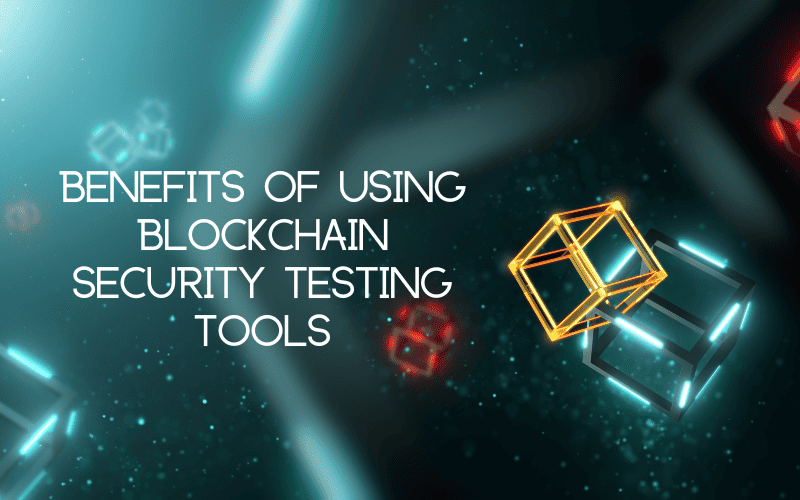
Criteria for selecting automated blockchain security testing tools
When selecting automated blockchain security testing tools, consider the following critical criteria:
Comprehensive Security Coverage: Ensure the tool can identify various security vulnerabilities specific to blockchain technology, including smart contract vulnerabilities, consensus mechanism flaws, and network security issues.
Scalability: The tool should be able to handle large and complex blockchain networks without compromising performance.
Integration Capabilities: Look for tools that easily integrate with your existing development and CI/CD pipelines to facilitate seamless security testing throughout the development lifecycle.
User-Friendliness: The tool should intuitively interface and provide clear, actionable reports that developers and security teams can easily interpret.
Customization: Customizing tests to match your blockchain implementation’s specific requirements and configurations is crucial for accurate security assessment.
Community and Support: Opt for tools well-supported by an active community or reliable customer support to help address any issues or questions.
Compliance: Ensure the tool helps meet relevant regulatory and compliance requirements related to blockchain security.
By considering these criteria, you can choose a tool that effectively enhances the security of your blockchain applications.

What does a blockchain security testing tool include?
Blockchain security testing tools encompass a range of functionalities tailored to fortify the integrity of blockchain systems:
Mythril: a source code analysis tool meticulously designed to uncover security vulnerabilities embedded within the codebase, ensuring robust protection against potential threats.
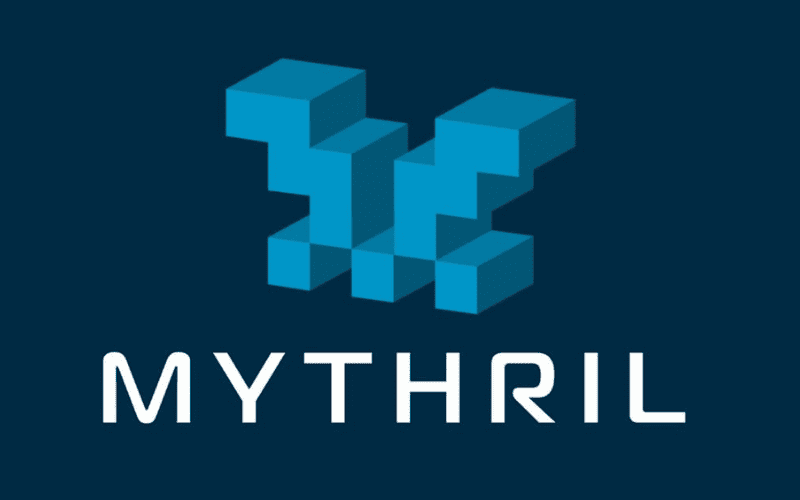
Trufflehog: This specialized tool adeptly ferrets out hidden secrets lurking within the source code, bolstering confidentiality and safeguarding sensitive information from unauthorized access.
Slither: An advanced source code analysis tool engineered to meticulously scrutinize blockchain applications, pinpointing vulnerabilities and fortifying defenses against potential exploits.

Comparing blockchain security testing tools
When comparing blockchain security testing tools such as Mythril, Trufflehog, and Slither, several factors come into play, including functionality, ease of use, coverage of vulnerabilities, and integration capabilities. Let’s analyze these aspects in more detail:
| Characteristics | Mythril | Trufflehog | Slither |
| Functionality | Mythril specializes in conducting comprehensive source code analysis to identify security vulnerabilities within blockchain applications. | Trufflehog is designed to unearth confidential or sensitive information, also known as “secrets,” embedded within the source code of blockchain applications. | Slither is an advanced source code analysis tool tailored explicitly for blockchain applications, focusing on Ethereum smart contracts. |
| Capabilities | It employs sophisticated techniques to detect vulnerabilities such as reentrancy bugs, integer overflow, and unauthorized access to sensitive data. | It scans the codebase for patterns resembling encryption keys, API tokens, or other credentials that, if exposed, may pose security risks. | It performs in-depth analysis to identify vulnerabilities such as reentrancy, unchecked external calls, and access control issues that could compromise the security and integrity of smart contracts. |
| Benefits | Mythril provides developers with detailed reports and actionable insights, enabling them to prioritize and address critical security flaws effectively. | Trufflehog helps organizations mitigate the risk of data breaches by identifying and securing potential vulnerabilities related to improper handling of sensitive information. | Slither assists developers in proactively identifying and remedying security vulnerabilities in smart contracts, thereby enhancing the overall resilience of decentralized applications (DApps) built on the Ethereum blockchain. |
| Use cases | Developers often integrate Mythril into their continuous integration/continuous deployment (CI/CD) pipelines to automate security checks and ensure code integrity throughout the development lifecycle. | Security teams utilize Trufflehog during code review processes to ensure compliance with data protection regulations and prevent accidental exposure of critical assets. | Security auditors and blockchain developers rely on Slither to conduct thorough security assessments of smart contracts before deployment, reducing the risk of potential exploits and financial losses associated with vulnerabilities. |
In summary, each of these blockchain security testing tools offers distinct functionalities and benefits, playing a crucial role in fortifying the security posture of blockchain applications and mitigating potential risks associated with vulnerabilities in the codebase.
How to use blockchain security testing tools.
Using blockchain security testing tools effectively involves several key steps:
Installation and setup
– Install the chosen blockchain security testing tool on your local machine or within your development environment.
– Follow the installation instructions provided by the tool’s documentation or official website.
– Ensure that any dependencies or prerequisites are installed to enable proper functionality.
Configuration
– Configure the tool according to your specific project requirements and security objectives.
– Specify parameters such as the target blockchain network, innovative contract addresses, source code directories, or other relevant settings.
– Adjust default configurations to tailor the tool’s behavior to your organization’s needs.
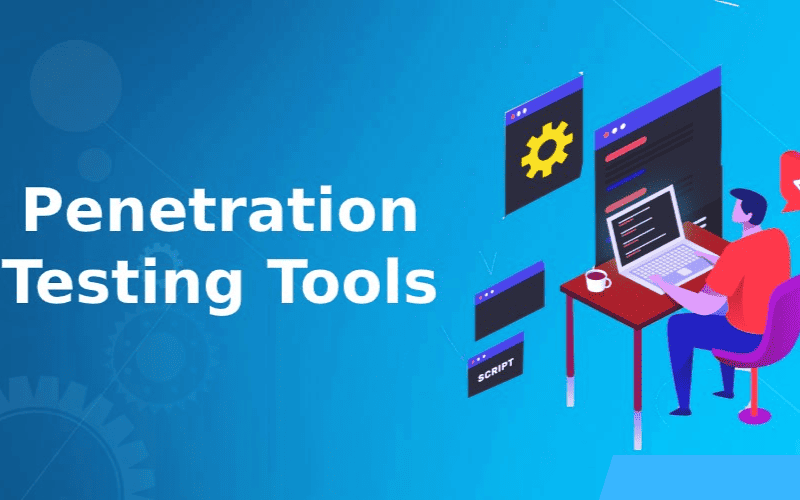
Execution
– Run the security testing tool against your blockchain application, smart contracts, or source code repositories.
– Depending on the tool’s capabilities, you may execute it through a command-line interface, graphical user interface, or integrated development environment (IDE).
– Monitor the tool’s progress and review any output or results generated during testing.
Analysis of results
– Analyze the findings and reports the security testing tool produces to identify security vulnerabilities, weaknesses, or areas of concern.
– Prioritize the identified issues based on their severity, potential impact, and likelihood of exploitation.
– Collaborate with developers, security experts, and other stakeholders to understand the root causes of the vulnerabilities and devise appropriate remediation strategies.
Remediation and mitigation
– Develop and implement fixes or countermeasures to address the identified security vulnerabilities.
– Apply best practices, coding standards, and security guidelines to improve the resilience of your blockchain application or smart contracts.
– Test the effectiveness of the remediation efforts by re-running the security testing tool and validating that the vulnerabilities have been successfully addressed.
Continuous integration and improvement
– Integrate blockchain security testing into your continuous integration/continuous deployment (CI/CD) pipelines to automate security checks throughout the software development lifecycle.
– Regularly update and re-evaluate your security testing tools to incorporate new features, bug fixes, and improvements.
– Stay informed about emerging threats, vulnerabilities, and security trends in the blockchain ecosystem to adapt your testing strategies accordingly.
By following these steps, organizations can leverage blockchain security testing tools effectively to identify and mitigate security risks, strengthen their defenses, and enhance the overall security posture of their blockchain applications and networks.
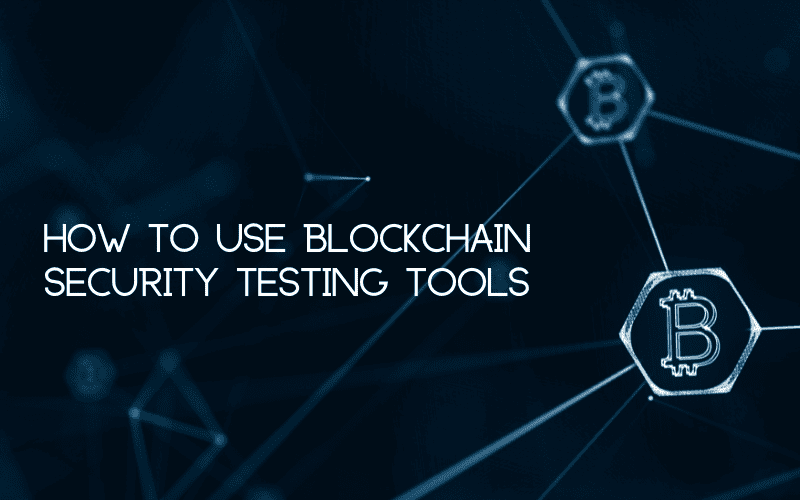
In conclusion, the article has provided an overview of blockchain security testing tools. In the digital age, blockchain security testing tools are highly effective in identifying and promptly fixing security vulnerabilities. If you’re interested in similar content, visit Proxy Rotating: https://proxyrotating.com/ to explore more blockchain-related topics.
>>> See more:
Blockchain security in cloud computing
